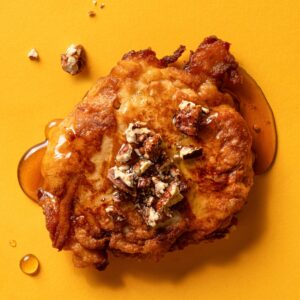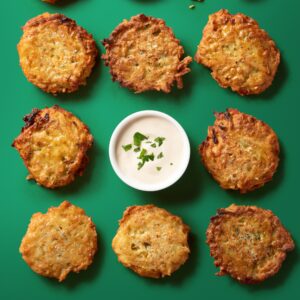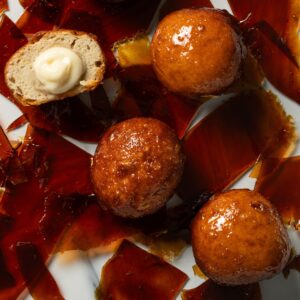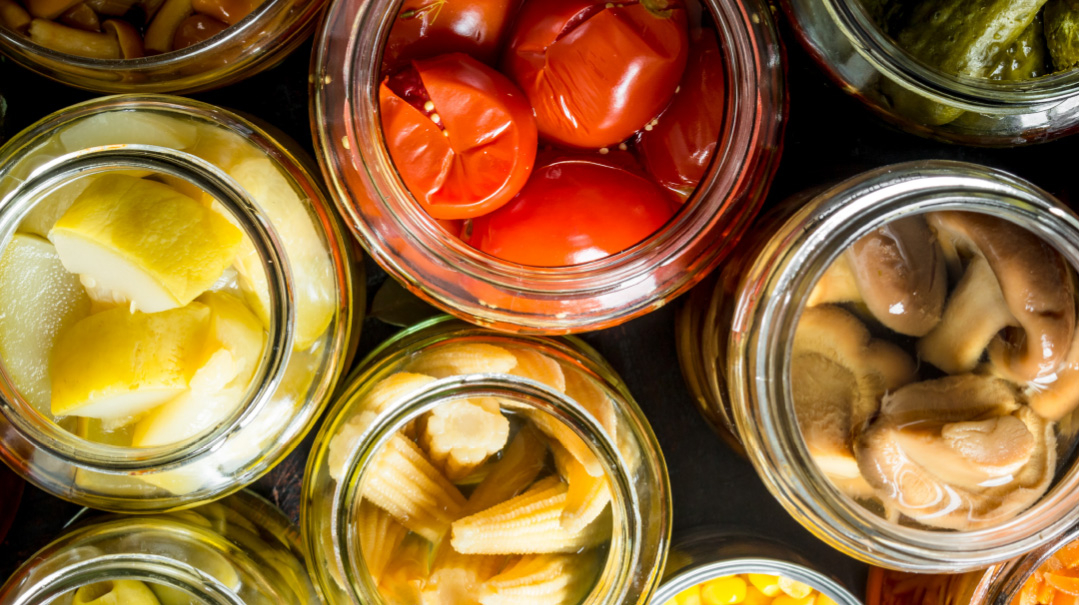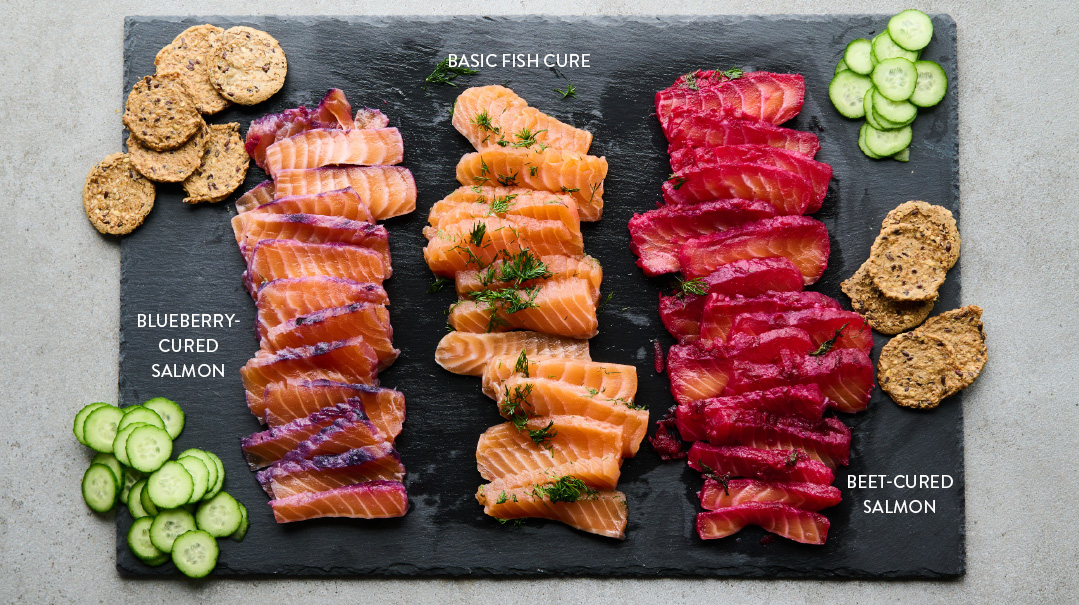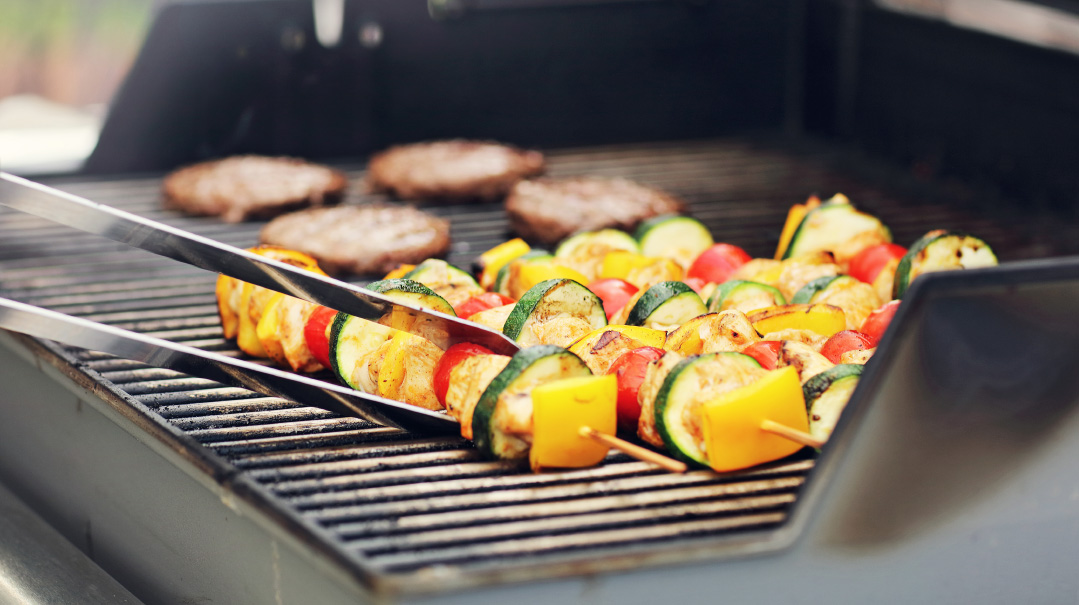They Cooked to Survive
| July 22, 2020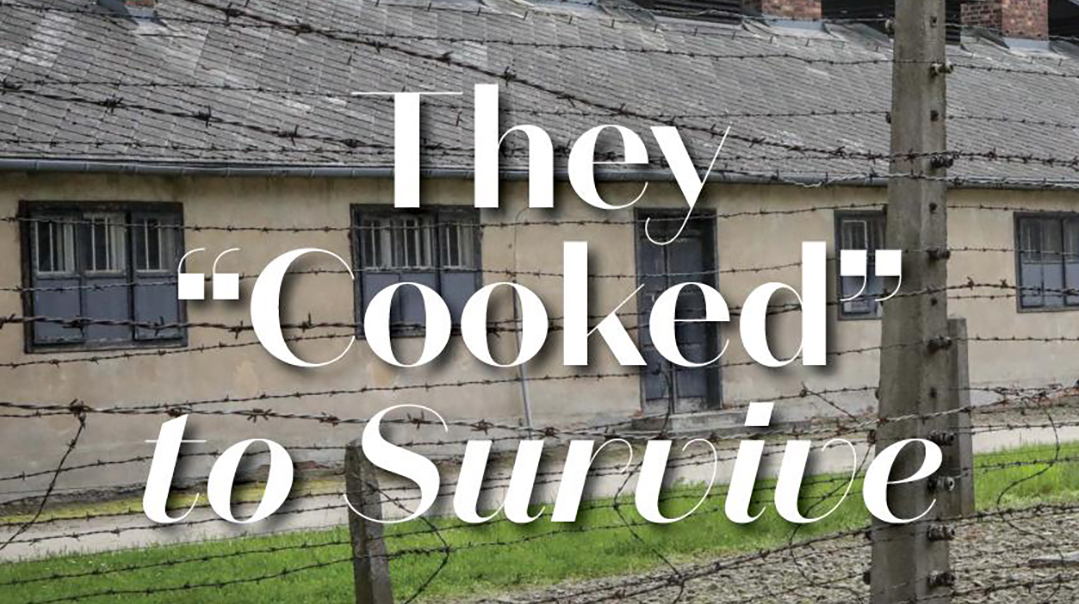
The recipes in this book are almost placeholders, scattered among the history lessons and riveting anecdotes of the Sternberg family’s life.
The title Recipes from Auschwitz sounds oxymoronic. While suffering starvation, deprivation, and torture in concentration camps, could anyone actually cook? Perhaps because of that, I was motivated to read Dr. Alex Sternberg’s recently released book and find out for myself what it was all about. Did the inmates have food to cook in Auschwitz? Could they have carved a moment in the day while struggling to fill their work quotas, find a few crumbs of bread, and avoid beatings to prepare recipes?
The answer is obviously a resounding no. And yet, here it is — a collection of several dozen recipes, memorized by a young woman in the concentration camps and written down in detail after the war. Part cookbook, part history book, Recipes from Auschwitz gives a detailed account of Hungarian Jewry for two millennia, following the lives of the Sternberg family and interspersed with Hungarian recipes during the long, dark nights in Auschwitz.
I set up an interview with Dr. Sternberg and spent a fascinating hour hearing bits and pieces of his eclectic life. A fluent Yiddish-speaker born in Hungary, Dr. Sternberg lived in Vienna for a year before emigrating to Boro Park as a young teen. He attended Mesivta Torah Vodaath and an all-black karate school simultaneously, becoming one of America’s top ten karate champions while practicing pediatric pulmonary medicine. But why did he write this particular book? And what did he want readers to gain from it?
Bridging Two Worlds
Alex’s parents, Marton Sternberg and Olga Elek, came from small villages in Hungary. Marton was the youngest of five children, and grew up poor and fatherless (his father died of a heart attack when Marton was an infant) in the chassidish community in Bodrogkeresztúr (or more commonly, Kerestir, home of Reb Shayele of Kerestir). His mother and older brothers raised him, and he was heavily influenced by the chassidim and rebbes of his hometown, who showed him special attention.
Olga’s father was a banker, and her family practiced the ultra-liberal Neolog Judaism. She attended a Christian high school and secular college, and had plans to become a doctor before Jewish quotas and anti-Semitic laws made continuing in university impossible. The marriage of these two vastly different individuals may seem extraordinary, but such were the times following the war, as survivors rebuilt their lives after experiencing unfathomable losses.
Oops! We could not locate your form.

